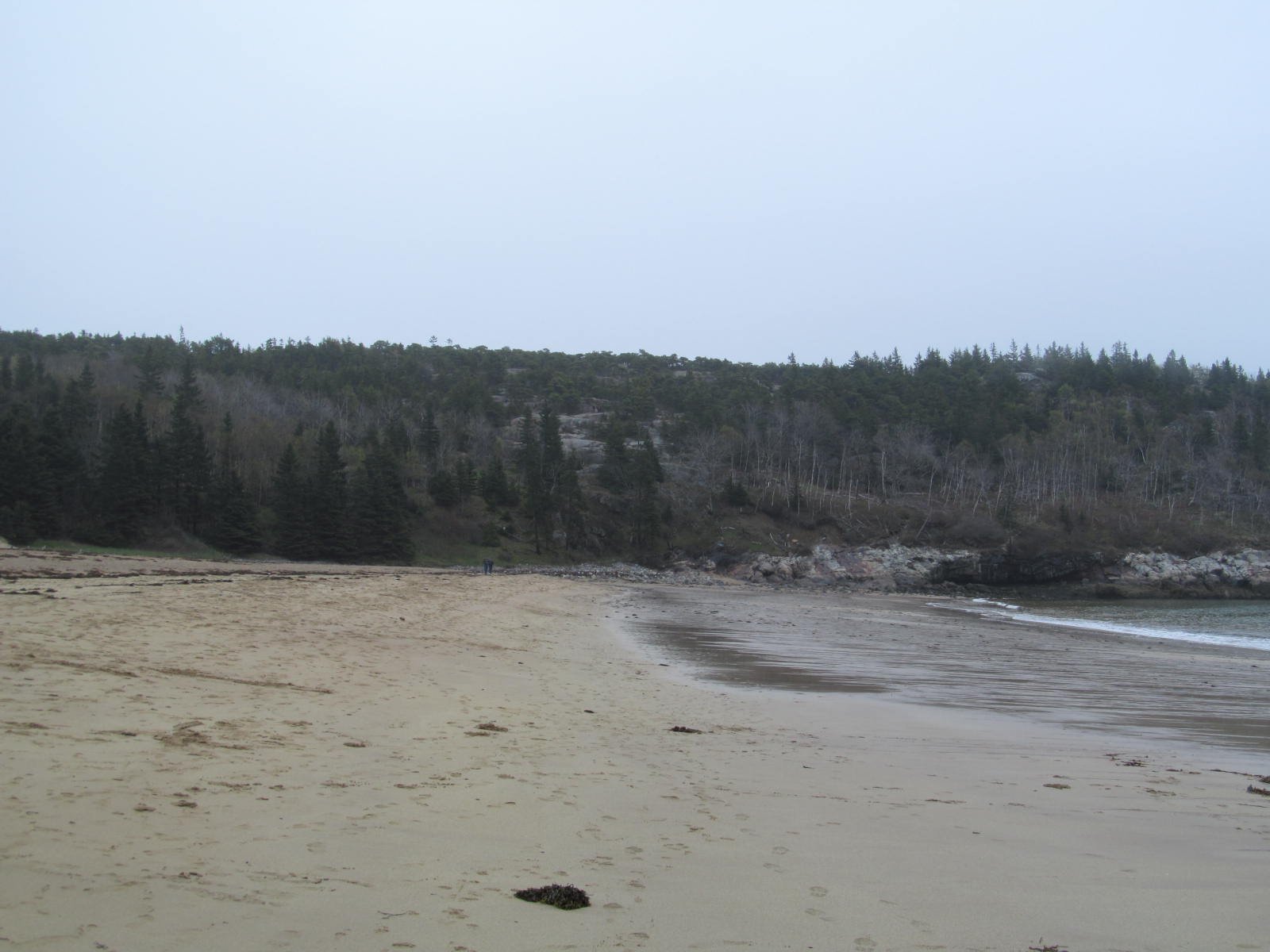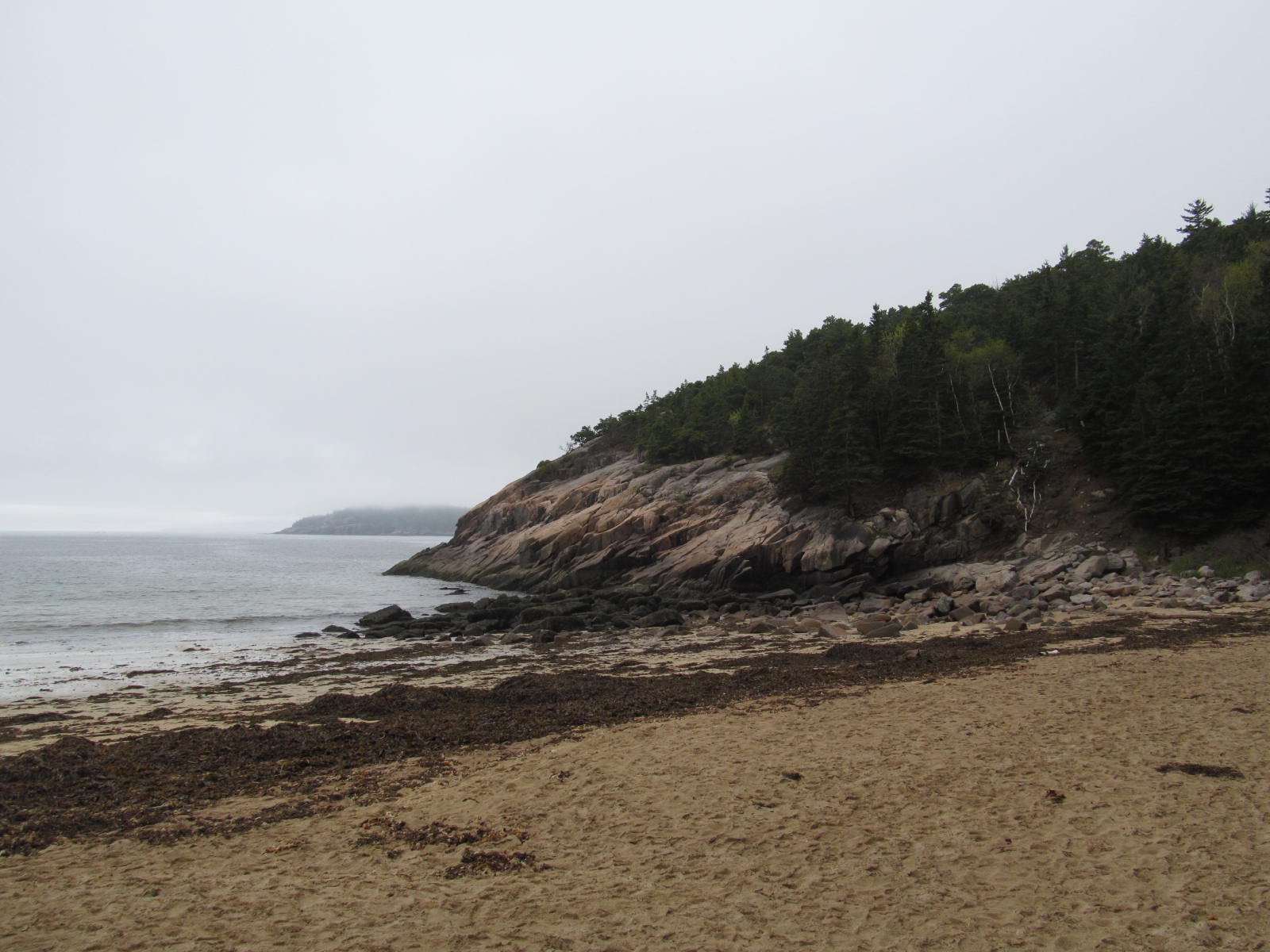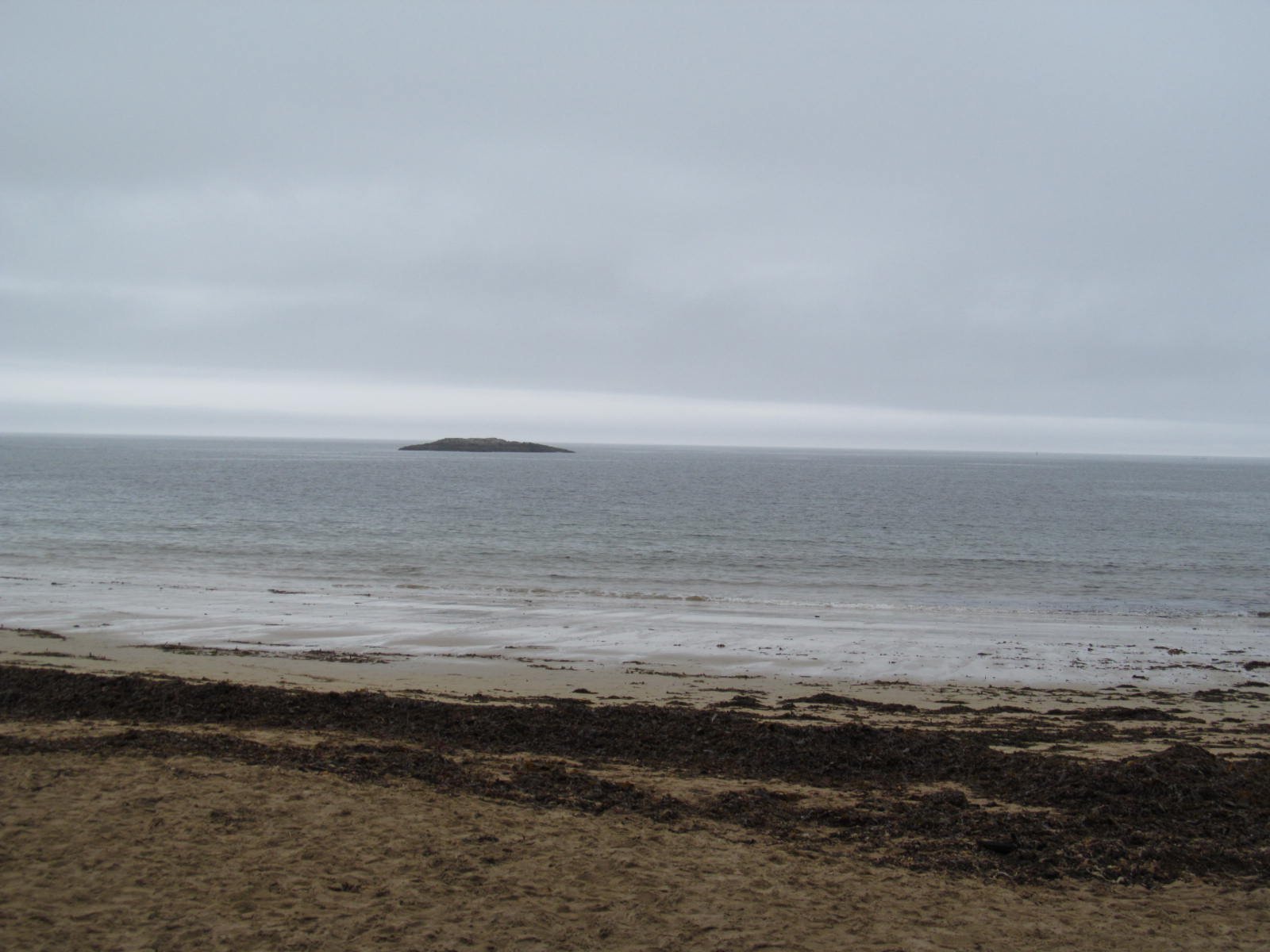Acadia National Park, located on the rugged coast of Maine, offers a diverse network of hiking trails that cater to all skill levels. From easy coastal walks to challenging mountain climbs, the park’s trails showcase breathtaking views of the Atlantic Ocean, granite peaks, and lush forests. This guide provides essential information on trail options, difficulty levels, and tips for exploring Acadia’s natural wonders on foot.
What Are the Most Popular Hiking Trails in Acadia National Park?

Acadia National Park boasts over 120 miles of hiking trails, each offering unique experiences and scenic vistas. Here are some of the most popular trails:
- Cadillac Mountain South Ridge Trail
- Length: 7.1 miles round trip
- Difficulty: Strenuous
-
Highlights: Panoramic views, highest point on the East Coast
-
Jordan Pond Path
- Length: 3.3 miles loop
- Difficulty: Easy
-
Highlights: Scenic lake views, relatively flat terrain
-
Beehive Trail
- Length: 1.4 miles round trip
- Difficulty: Strenuous
-
Highlights: Iron rungs, ladders, stunning coastal views
-
Ocean Path
- Length: 4.5 miles round trip
- Difficulty: Easy
-
Highlights: Coastal scenery, Thunder Hole, Sand Beach
-
Precipice Trail
- Length: 2.5 miles round trip
- Difficulty: Very Strenuous
- Highlights: Vertical climbs, iron rungs, spectacular views
How Do I Choose the Right Trail for My Skill Level?

Selecting an appropriate trail is crucial for a safe and enjoyable hiking experience. Consider the following factors:
- Difficulty Rating: Trails are typically rated as easy, moderate, or strenuous.
- Trail Length: Assess your fitness level and available time.
- Elevation Gain: Steeper trails require more stamina and experience.
- Terrain: Some trails involve scrambling over rocks or using iron rungs.
Here’s a quick guide to help you choose:
| Skill Level | Recommended Trails | Characteristics |
|---|---|---|
| Beginner | Ocean Path, Jordan Pond Path | Flat terrain, well-maintained paths |
| Intermediate | Gorham Mountain Trail, Great Head Trail | Moderate elevation gain, some uneven terrain |
| Advanced | Beehive Trail, Precipice Trail | Steep climbs, iron rungs, exposed sections |
What Are the Best Times to Hike in Acadia National Park?
The hiking season in Acadia typically runs from late spring to early fall, with each season offering unique experiences:
- Spring (May-June): Fewer crowds, blooming wildflowers, but potential for muddy trails
- Summer (July-August): Warm weather, all trails open, but peak crowds
- Fall (September-October): Stunning foliage, cooler temperatures, moderate crowds
Consider hiking early in the morning or late afternoon to avoid peak hours and enjoy better lighting for photography.
What Should I Pack for Hiking in Acadia National Park?
Proper preparation is key to a safe and comfortable hike. Here’s a checklist of essential items:
- Sturdy hiking boots
- Layered clothing (weather can change quickly)
- Rain jacket
- Sun protection (hat, sunscreen, sunglasses)
- Plenty of water (at least 1 liter per person for every 2 hours of hiking)
- Snacks or packed lunch
- Trail map and compass
- First aid kit
- Flashlight or headlamp
- Insect repellent
Are There Any Safety Considerations for Hiking in Acadia?
While hiking in Acadia can be a rewarding experience, it’s important to prioritize safety:
- Stay on marked trails: Wandering off-trail can lead to getting lost or damaging fragile ecosystems.
- Check weather forecasts: Conditions can change rapidly, especially on exposed mountain trails.
- Inform someone of your plans: Let a friend or family member know your intended route and expected return time.
- Be aware of tide schedules: Some coastal trails may be impassable at high tide.
- Carry a cell phone: However, be aware that reception can be limited in some areas of the park.
- Watch for wildlife: Keep a safe distance from animals and never feed them.
How Can I Minimize My Impact While Hiking?
Practicing Leave No Trace principles helps preserve Acadia’s natural beauty:
- Pack out all trash, including biodegradable items
- Stay on designated trails to prevent erosion
- Respect wildlife and observe from a distance
- Leave natural objects and cultural artifacts where you find them
- Use established campsites and fire rings where permitted
- Be considerate of other visitors
What Are Some Lesser-Known Trails Worth Exploring?
While popular trails offer iconic views, consider these less crowded alternatives:
- Mansell Mountain Loop
- Length: 2.8 miles
- Difficulty: Moderate
-
Highlights: Forest scenery, mountain views, fewer hikers
-
Acadia Mountain Trail
- Length: 2.5 miles round trip
- Difficulty: Moderate to Strenuous
-
Highlights: Views of Somes Sound, challenging terrain
-
Wonderland Trail
- Length: 1.4 miles round trip
- Difficulty: Easy
- Highlights: Coastal views, tidal pools, great for families
These trails offer a chance to experience Acadia’s beauty away from the crowds.
How Can I Enhance My Hiking Experience in Acadia?
To make the most of your hiking adventure:
- Join a ranger-led hike: Learn about the park’s ecology, geology, and history from experts.
- Try a sunrise or sunset hike: Experience breathtaking views during golden hour (with proper preparation and lighting).
- Combine hiking with other activities: Many trails connect to carriage roads, perfect for cycling or horseback riding.
- Visit during different seasons: Each time of year offers a unique perspective on the park’s landscapes.
- Explore the park’s islands: Take a boat to Isle au Haut or Baker Island for remote hiking experiences.
By following these tips and exploring the diverse trails of Acadia National Park, you’ll create lasting memories of this stunning coastal wilderness. Remember to always prioritize safety, respect the environment, and embrace the natural wonders that make Acadia a truly special place for hiking enthusiasts.
References:
1. Acadia National Park Official Website
2. Friends of Acadia Trail Guide
3. Leave No Trace Center for Outdoor Ethics

